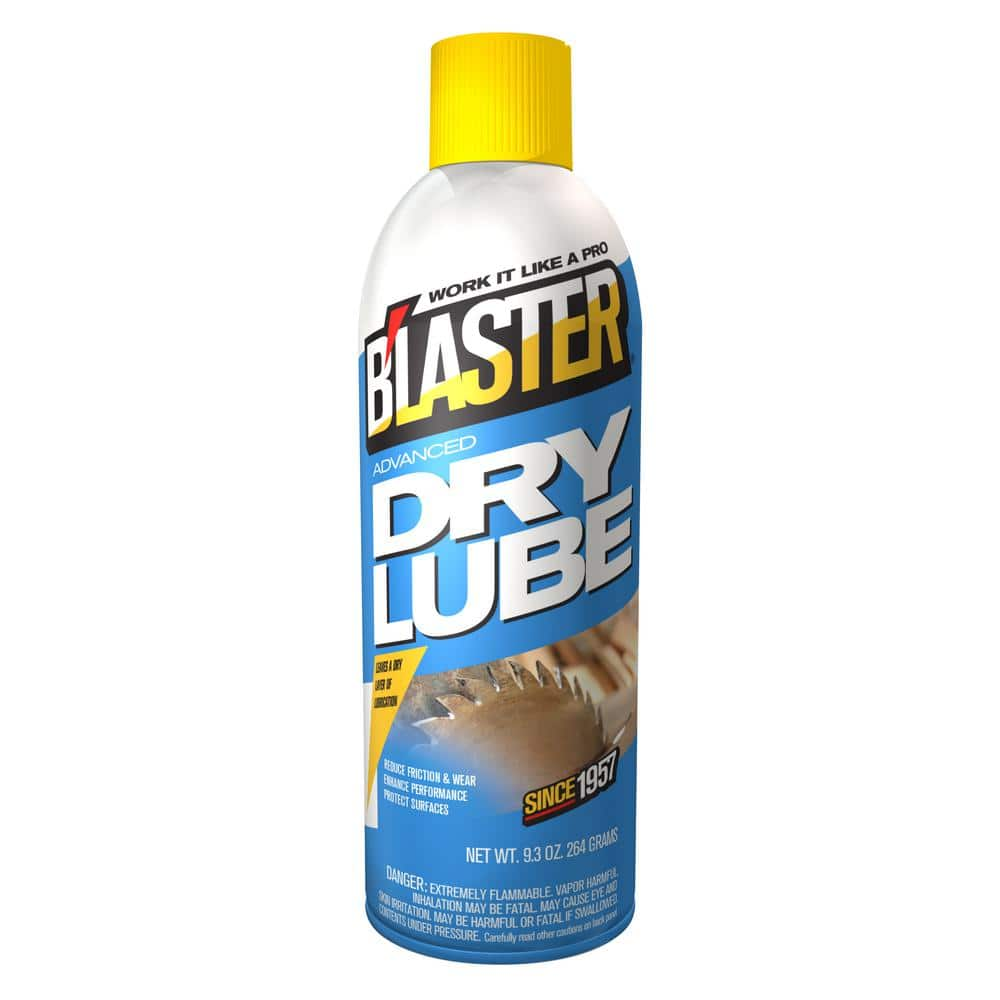Anybody have any experiences with using a Teflon spray like Blaster Teflon on their bed-ways?

They claim it doesn’t collect dust and it will not impact my Oneway tool rest and tailstock hold. Is this possible?

Blaster 9.3 oz. Advanced Dry Lube Spray Lubricant 16-TDL - The Home Depot
Enjoy the Blaster 9.3 oz. Dry Lube with PTFE Lubricant 16TDL, low friction can be used for a variety of household applications, including appliances, hinges, locks and catches and windows and glass at
www.homedepot.com
They claim it doesn’t collect dust and it will not impact my Oneway tool rest and tailstock hold. Is this possible?
